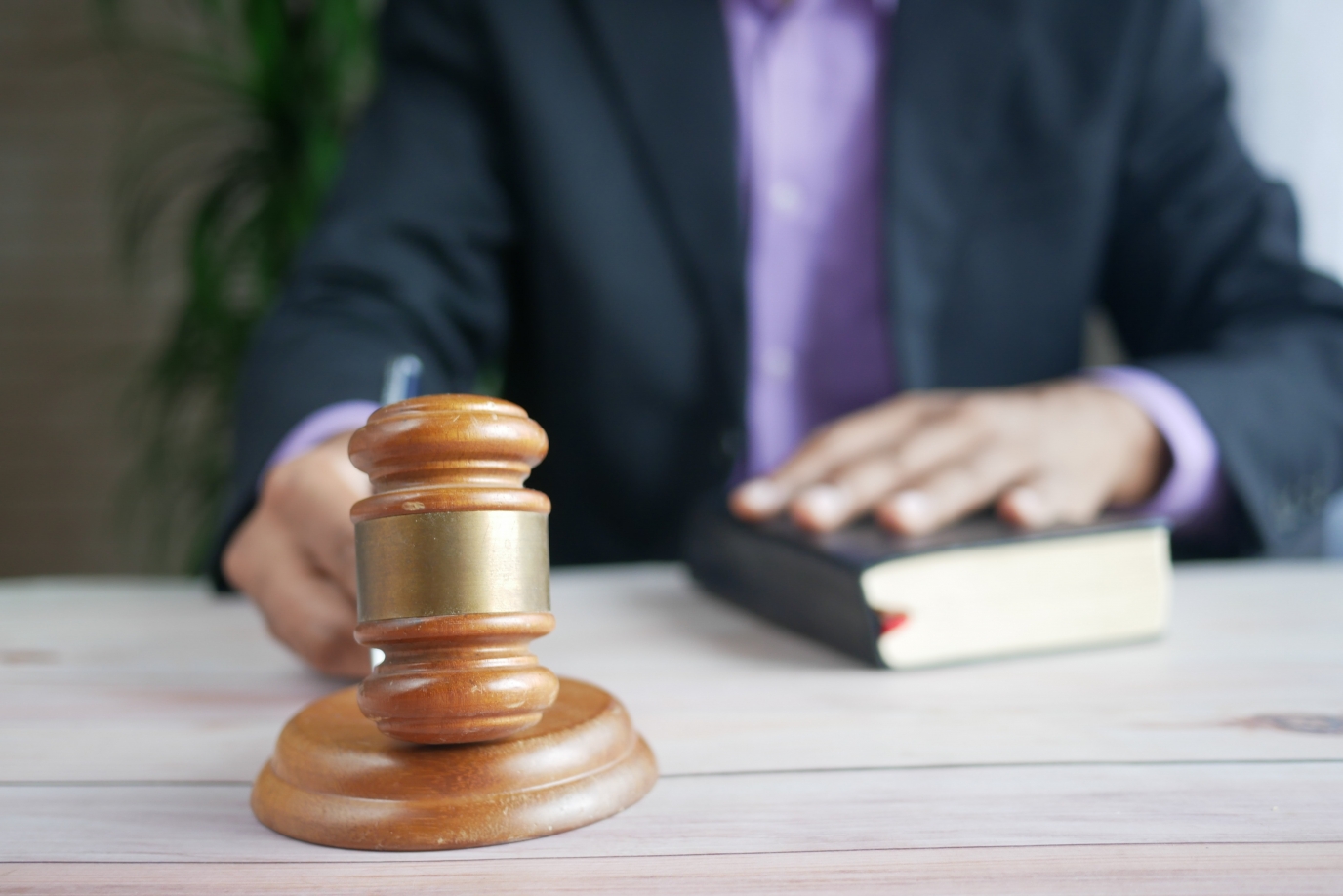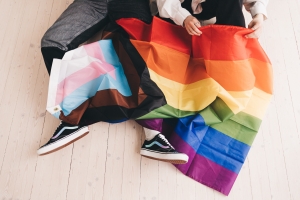Strengthening the legal arsenal against discrimination
"A milestone in the fight against discrimination”

On Thursday 22 June, the Federal Parliament approved a bill to amend the anti-discrimination legislation presented by Marie-Colline Leroy, Secretary of State for Gender Equality, Equal Opportunities and Diversity. The amendments aim to make the current legal framework more effective in reducing discrimination by tripling compensation, recognising multiple discrimination, modernising terminology and empowering stakeholders to take legal action. State Secretary Marie-Colline Leroy: "Today is a milestone in the fight against discrimination in our country. Belgium is one of the leading countries in terms of legal action against all forms of discrimination. By broadening and clarifying the definitions, but also by increasing the penalties for perpetrators, we are ensuring more equal opportunities for all citizens".
Tougher penalties for discrimination:
For the first time in 16 years, the amounts of damages (compensation for pain and suffering) for discrimination will be increased, with the exception of discrimination in the workplace, which is covered by a separate framework. Specifically, the amounts will be tripled, from €650 to €1,300 and from €1,950 to €3,900. These amounts will be indexed annually.
Publication of the judgment will also be made easier and the judge will now be able to impose positive measures such as an internal audit or the adoption of a diversity policy.
Modernisation of terminology
- The use of the term 'origin' has made it difficult to apply anti-discrimination law to people who have been treated unfavourably because of their current social status. By broadening the scope to include 'social origin or social condition', it will no longer be possible, for example, for an ex-prisoner to be refused a job because of their condition.
- The bill explicitly recognises cases of multiple discrimination. Belgium is one of the first European countries to do so, alongside Norway and Portugal, for example. Multiple discrimination can take two forms:
- Cumulative discrimination - i.e. when a person is the victim of several forms of discrimination in the same context and by the same perpetrator, each of which is related to a characteristic they have. Example: a hearing impaired woman is rejected by an employer who states in her rejection letter that she cannot be employed in his company because of her disability AND the fact that she is pregnant. So here the jobseeker has two discriminations piled on top of each other.
- Intersectional discrimination - where people are discriminated against because of different combined characteristics, where the discrimination affects them only because they have those characteristics at the same time. For example, a hotel may explicitly refuse Asian female guests because it automatically assumes they are sex workers. However, an Asian man or a non-Asian woman is allowed to enter.
By recognising multiple discrimination, courts can award cumulative damages in legal proceedings.
- The concept of 'discrimination by association' is introduced, i.e. a situation where a person is discriminated against because he or she is closely associated with a person who has a protected characteristic. For example, the father of a disabled child is dismissed by his employer shortly after the child's birth because the employer believes that the child's father will not be sufficiently available and flexible for work.
- Finally, the bill explicitly recognises cases of "discrimination based on an assumed criterion". In other words, where someone is discriminated against because they are perceived to have a protected characteristic that they do not actually have. Example: a heterosexual man taking part in Pride is attacked on the fringes of the parade because the attackers believe that he is gay because of his presence at the event.
Pressure groups can take legal action
Pressure groups can already take legal action if the victim agrees. However, the victim may not be able to give consent because they are deceased or in a vulnerable situation. Normally it is the legal representative who gives consent in such cases, but sometimes the legal representative is the very cause of the victim's situation, e.g. the legal representative organises a conversion practice that harms the victim to such an extent that she/he is no longer able to give consent, or even kills the victim. From now on, stakeholders in such specific situations will be able to take legal action without consent, while respecting the presumption of innocence of the accused.

